If you’ve been selling to customers for a while and are ready to elevate your business, if you’re certain that diving into wholesale selling is your next step, this blog is tailored for you.
It’s time to boost your profits by selling your products wholesale. You can start targeting supermarkets, retail shops, online businesses, and more. Let us guide you with the information and steps needed to successfully launch your wholesale venture. This blog is to give you the general idea how to start a successful wholesale business, please check other blogs and legal websites for more information.
How To Create a Wholesale Business
We’ll start with the basics and cover all the crucial steps, wholesale sell strategies, and other essential details needed for this process.


Understanding the Basics of Wholesale Business Models
Wholesale involves buying products in bulk or creating them yourself in large quantities and selling them to retailers or directly to consumers. If you’re looking to start wholesale business, key models include:
- Traditional Wholesale: Purchase in bulk from manufacturers and sell large quantities to retailers.
Pros: Lower per-unit costs, established supply chains.
Cons: High upfront investment, reliance on retailer demand. - Direct-to-Consumer Wholesale: Buy in bulk and sell directly to end customers.
Pros: Higher profit margins, control over branding.
Cons: Requires strong marketing and customer service. - Private Labeling: Develop products under your own brand using manufacturers.
Pros: Brand control, unique products.
Cons: Higher costs, need for effective marketing.
Understanding these fundamentals will help you choose the right approach for your business and set you up for success.
Legal Requirements and Permits for Starting a Wholesale Business
Starting a wholesale business in the USA involves several legal requirements and permits.
Essential Requirements for All Wholesale Businesses:
- Business Structure: Choose a legal structure (e.g., LLC, corporation) and register with your state. This affects taxes and liability.
- Employer Identification Number (EIN): Obtain an EIN from the IRS for tax purposes and hiring employees.
- Business License: Apply for a business license from your local city or county office. Requirements vary by location.
- Sales Tax Permit: Register with your state’s Department of Revenue to collect sales tax on transactions.
- Wholesale Certificate: Allows bulk purchases without paying sales tax. Application requirements and fees vary by state.
- Zoning Permits: Ensure your business location complies with local zoning laws.
- Federal and State Regulations: Check for additional permits based on your business activities. Visit the SBA website for more details.
- Consult a Professional: Consult with a legal professional or business advisor to ensure full compliance.
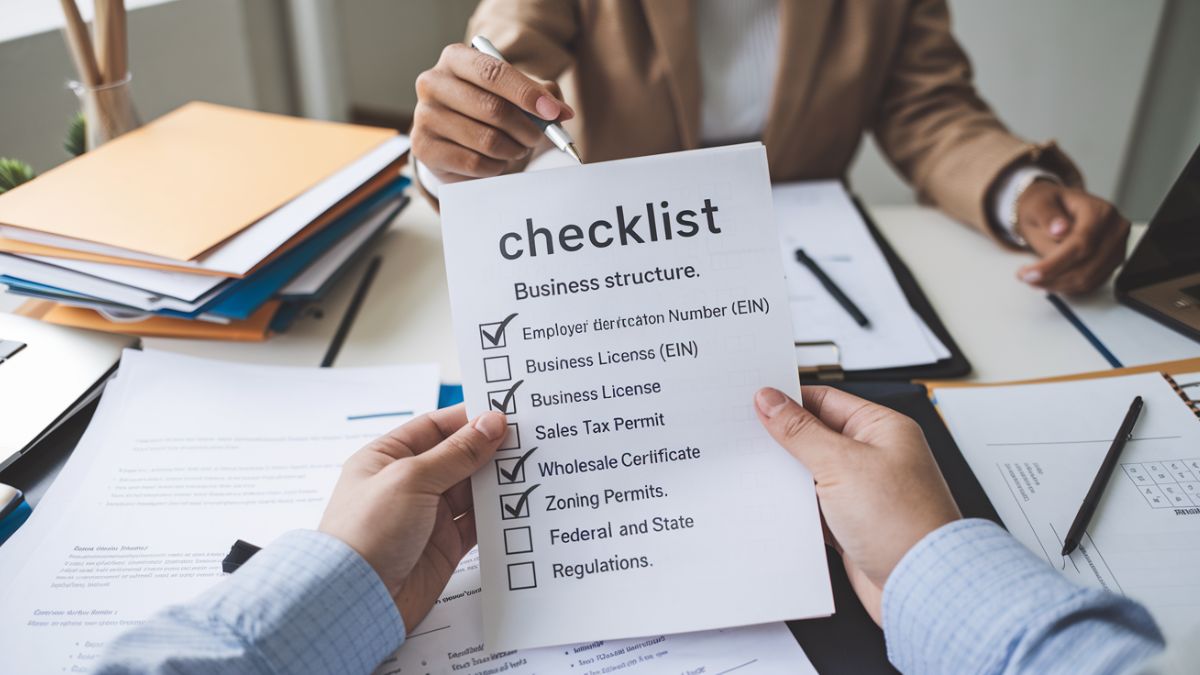

Additional Documents for Specific Models:
Direct-to-Consumer Wholesale:
- Online Business Permits: Comply with e-commerce regulations and platform-specific requirements.
- Privacy Policy: Ensure compliance with data protection laws for handling customer information.
Private Labeling:
- Trademark Registration: Register your brand name and logo to protect intellectual property.
- FDA Compliance: For food, health, or beauty products, ensure adherence to FDA regulations.
Setting Up Your Wholesale Business: Step-by-Step Guide
- Choose Your Product and Conduct Market Research
Before diving in, research to identify what products to sell and your target market. Start with one product to test the waters, then expand by adding related categories based on market demand.
- Develop a Business Plan
Craft a solid business plan using available tools and resources, even if you're not a business strategist. Continuously refine and update your plan as you gain insights and experience.
- Complete Legal Requirements
Address all legal requirements asap. If the process feels overwhelming, consider hiring a consultant. This investment can save you significant costs in the long run.
- Manage Finances
Secure funding through personal savings, loans, or investors. Open a business bank account, set up accounting systems, and develop a pricing strategy. Keeping your finances organized from the start will pay off later.
- Find a Reliable Supplier
Sourcing reliable manufacturers or distributors can be challenging. Look for suppliers who offer quality products at reasonable prices. This blog will guide you in finding the right partners.
- Set Up Business Operations
While a home office might suffice for small businesses, wholesale operations require more space. Secure a warehouse and office to handle inventory and operations effectively.
- Market Your Business
Today’s marketing landscape offers numerous channels beyond word-of-mouth. Effective marketing strategies are crucial for success and can make or break your business.
- Monitor and Adjust
Constantly evaluate and adjust your business strategies. Regularly seek expert advice, listen to customer feedback, and stay informed to keep improving your sales and operations.


How To Sell in Marketplaces
Utilizing third-party marketplaces expands your wholesale business’s reach and leverages their built-in customer base. These platforms provide access to a large audience, save on marketing costs, and offer an established infrastructure for transactions.
Choosing the Best Marketplaces for Your Wholesale Products
Popular marketplaces for wholesale include Alibaba, Walmart Marketplace, Etsy, and Faire. Faire stands out by connecting wholesalers with retailers through a curated platform specializing in unique and emerging brands.
Pros:
- Curated Selection: Emphasizes high-quality, distinctive products.
- Retailer Connections: Provides direct access to a broad network of retailers.
- Flexible Terms: Offers net payment terms and straightforward returns.
Cons:
- Limited Audience: Smaller reach compared to major platforms like Amazon.
- Fees: Charges commission on sales, which can affect profit margins.
Listing and Optimizing Your Products for Marketplace Success
- Use high-quality images and clear titles.
- Write detailed, keyword-rich descriptions.
- Set competitive prices based on market research.
- Utilize marketplace advertising tools.
- Regularly update listings and monitor performance.
Managing Orders and Customer Relationships on Marketplaces
Efficiently manage orders by closely tracking shipments and promptly processing returns. Communicate clearly and professionally with customers to resolve issues quickly. Embrace negative feedback as an opportunity to improve your products and services. Show appreciation by including thank-you cards or small gifts in packages, creating a unique and memorable experience. By being personable and attentive to customer needs, you’ll build strong relationships, enhance your reputation, and encourage repeat business.
How To Sell on Your Website
Selling on your own website offers greater control over branding, customer experience, and profits compared to popular marketplaces. If you're considering how to start wholesale business from home, this approach allows you to manage the entire sales process, customize your site to your needs, and avoid marketplace fees. However, it requires more effort to drive traffic and manage logistics.
Setting Up an E-commerce Platform for Wholesale
Shopify: Easy setup, extensive features. Cons: Monthly fees, transaction fees.
WooCommerce: Flexible and customizable. Cons: Requires WordPress, can be complex.
BigCommerce: Scalable with strong built-in features. Cons: Higher cost.
Magento: Highly customizable. Cons: Requires technical expertise, higher cost.
Wix: User-friendly with drag-and-drop features. Cons: Limited scalability.
Choose a platform based on your specific needs, such as ease of use, scalability, customization options, and budget. Each platform offers different strengths, so assess what aligns best with your business goals and technical capabilities.


Creating a User-Friendly Website for Wholesale Customers
Ensure your website is easy to navigate with clear product categories and search functionality. Offer detailed product descriptions, bulk pricing options, and a streamlined checkout process. A clean, professional design with fast load times will attract and retain wholesale customers, supporting your wholesale sell strategies.
Driving Traffic to Your Website with Digital Marketing
Maximize SEO to improve search rankings, use Google Ads and social media ads for targeted promotions, and engage in email marketing to reach potential clients. Utilize content marketing through blogs and build backlinks to increase site authority. Consider influencer collaborations and online partnerships to broaden your reach.
How To Create an Effective Wholesale Sales Strategy
A sales strategy is your blueprint for success. It turns your vision into action, guiding you to reach the right clients, set competitive prices, and build lasting relationships. Without it, you risk missing out on key opportunities and struggling to stand out in a crowded market.
Think of it as your roadmap to wholesale success—essential for turning potential into real results.
Defining Your Target Audience and Sales Goals
Understanding your target audience is crucial for building a successful wholesale business. Start by researching your ideal customers—retailers or distributors who are most likely to buy your products. Consider factors like their size, industry, purchasing habits, and geographical location. Create detailed buyer personas to guide your marketing and sales strategies.
Set clear, measurable sales goals to keep your business on track. These could include monthly revenue targets, the number of new clients, or specific market penetration rates. Use tools like Google Analytics or market research reports to refine your audience insights and track progress.
Developing Pricing Strategies for Wholesale
Your pricing strategy should balance competitiveness with profitability. Consider these wholesale sell tips:
- Cost-Plus Pricing: Add a markup to the cost of goods sold to ensure both you and your clients can earn a profit. For example, if manufacturing a hat costs $15, pricing it at $30 to $40 is typical. Pricing it higher, such as $50 to $60, could make it difficult for your clients to sell at a competitive price and achieve their own profit margins.
- Competitive Pricing: Set prices based on what competitors are charging. Analyze similar products in the market to ensure your prices offer good value and remain attractive to buyers.
- Tiered Pricing: Implement pricing based on order volume to incentivize larger purchases. Offering discounts for bulk orders can help you secure bigger deals and build long-term relationships with clients.
Ensure your pricing covers all costs, including production, shipping, and overheads. Use software like QuickBooks, Zoho Inventory, or others to manage and adjust pricing as needed.
Building Long-Term Relationships with Wholesale Clients
Start by providing excellent customer service and consistently delivering high-quality products. Regularly communicate with your clients to understand their needs and address any issues promptly.
Offer incentives like discounts for repeat orders, early access to new products, or exclusive deals. Personalize your interactions and show appreciation through gestures like thank-you notes or small gifts. Building trust and demonstrating reliability will encourage loyalty and lead to repeat business.
Measuring and Optimizing Your Sales Strategy Over Time
Continuous improvement is crucial for a thriving wholesale business. Regularly measure your sales performance using key metrics such as sales volume, revenue growth, and client acquisition rates.
If you’re wondering how to start wholesale business and keep it successful, use these insights to refine your sales strategy. For marketing tactics, use SEMrush for SEO, Mailchimp for email campaigns, and Hootsuite for social media management. To revise pricing strategies, leverage Prisync or Price2Spy to monitor competitors and adjust prices. Regularly review and adjust your approach to stay agile and responsive to market changes, ensuring your business remains competitive and successful.
Your Wholesale Supplier : Buy4store.com
At Buy4Store, we take pride in being a reliable partner in the wholesale hat market. As a family-owned business with over 18 years of experience, we offer a diverse selection of high-quality hats that cater to various styles and market demands. Our commitment to excellence is reflected in our total product quality control, ensuring that each item meets high standards for your peace of mind.
We provide factory-direct pricing, which allows you to enjoy significant savings while maintaining high-quality standards. Our global warehouses ensure fast and reliable delivery, and our professional customer support team is always ready to assist you with flexible payment options. With a wide range of products, we offer competitive prices and both traditional favorites and trending items.
If you're looking to expand your inventory with wholesale hats, we're here to help you succeed. Reach out to us for more information, or check out our 'How to Start a Business' page first. We look forward to the opportunity to work with you and contribute to your business's success.
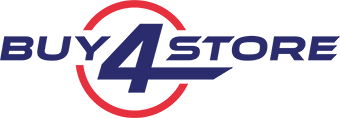
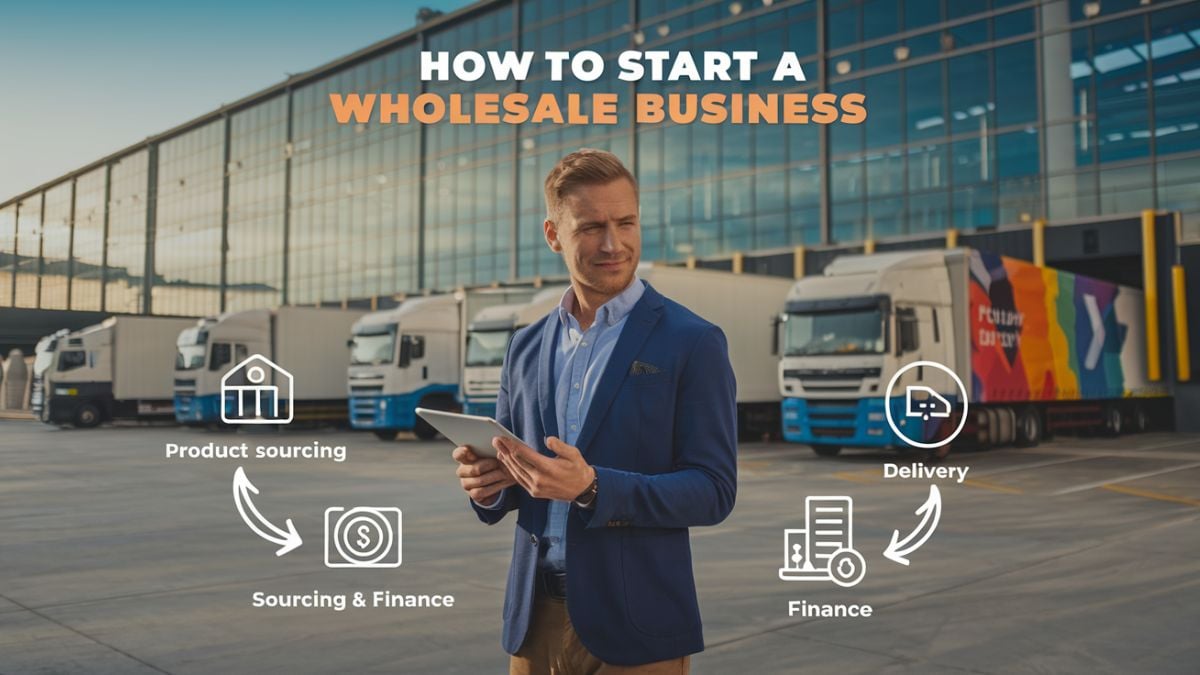




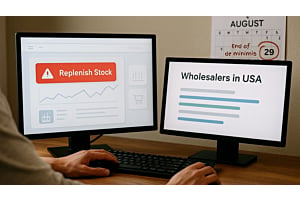



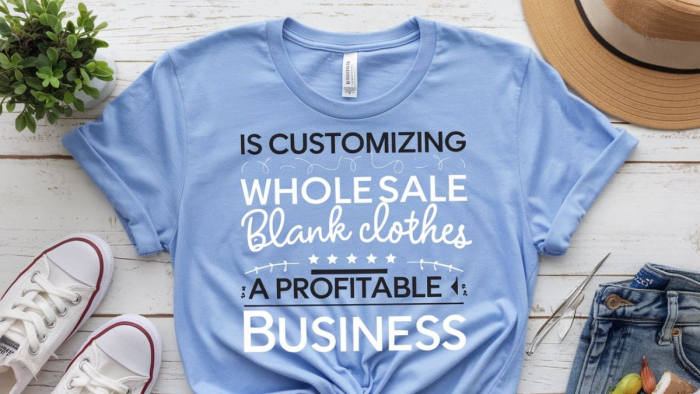

0 Comment(s)